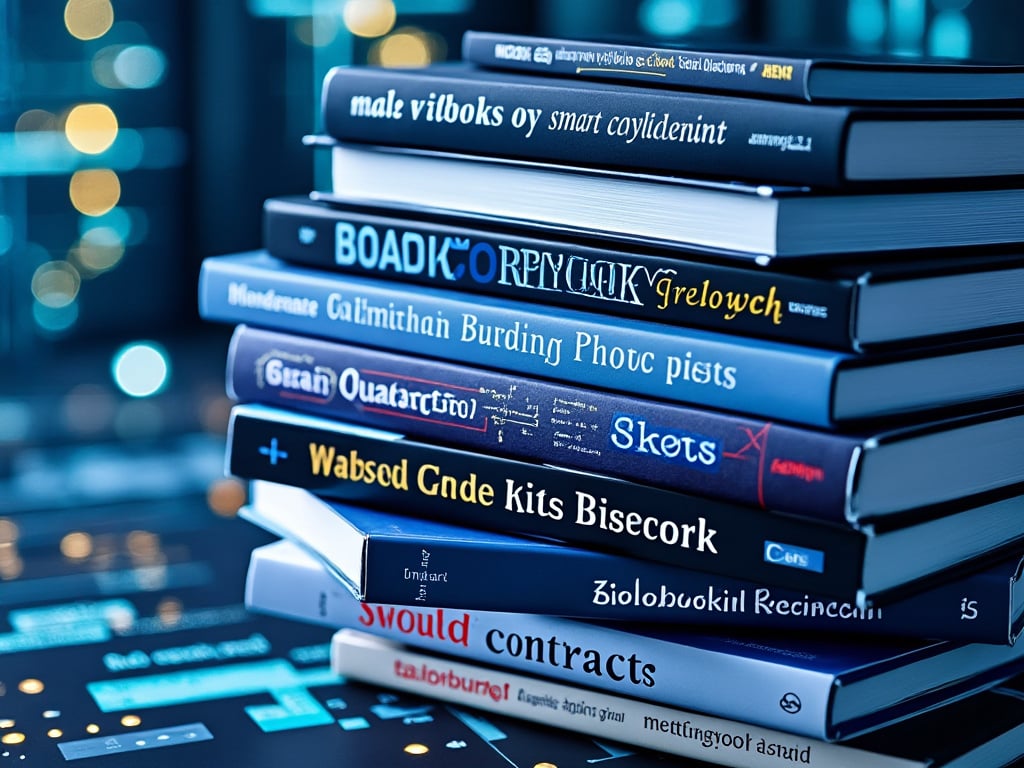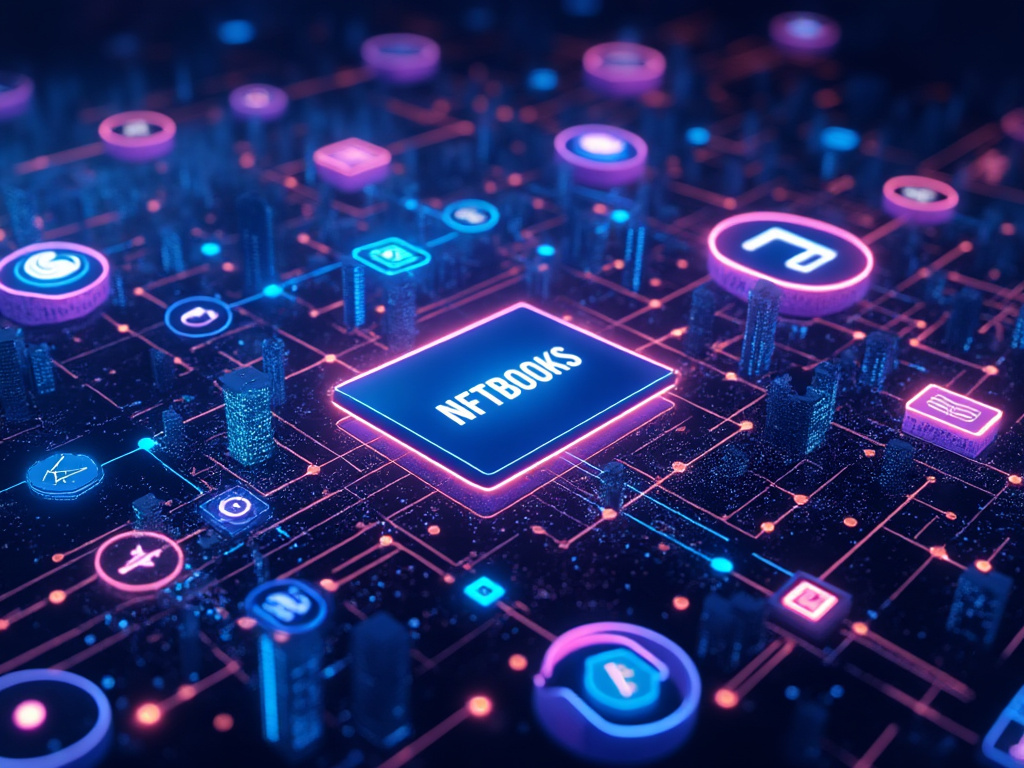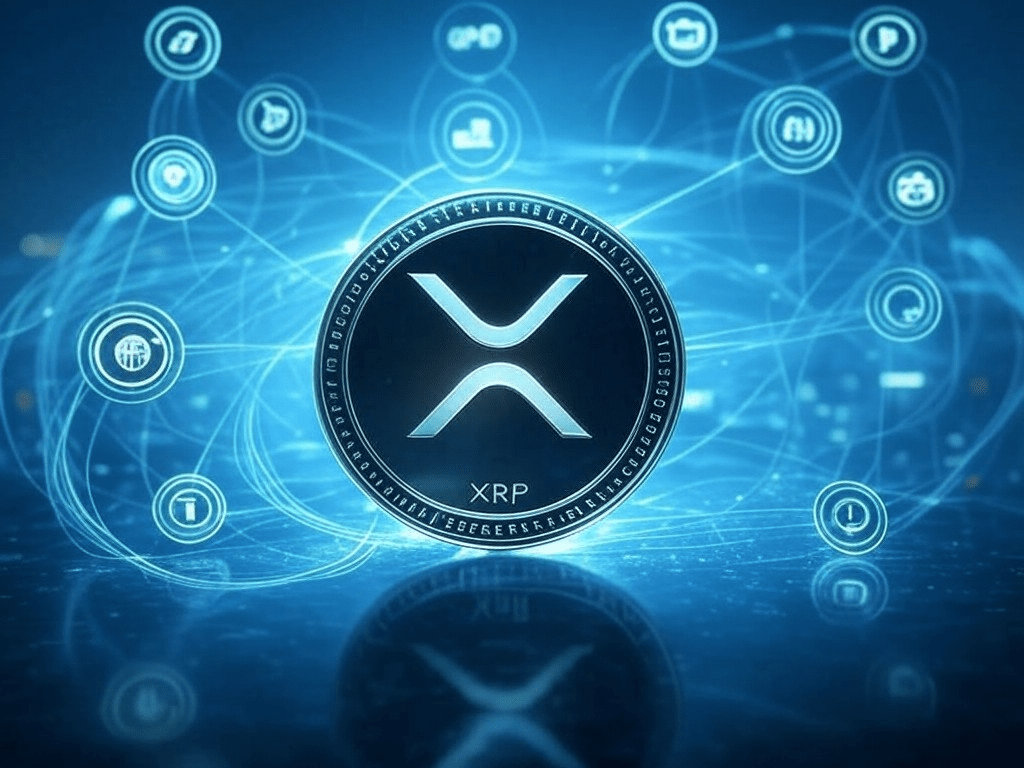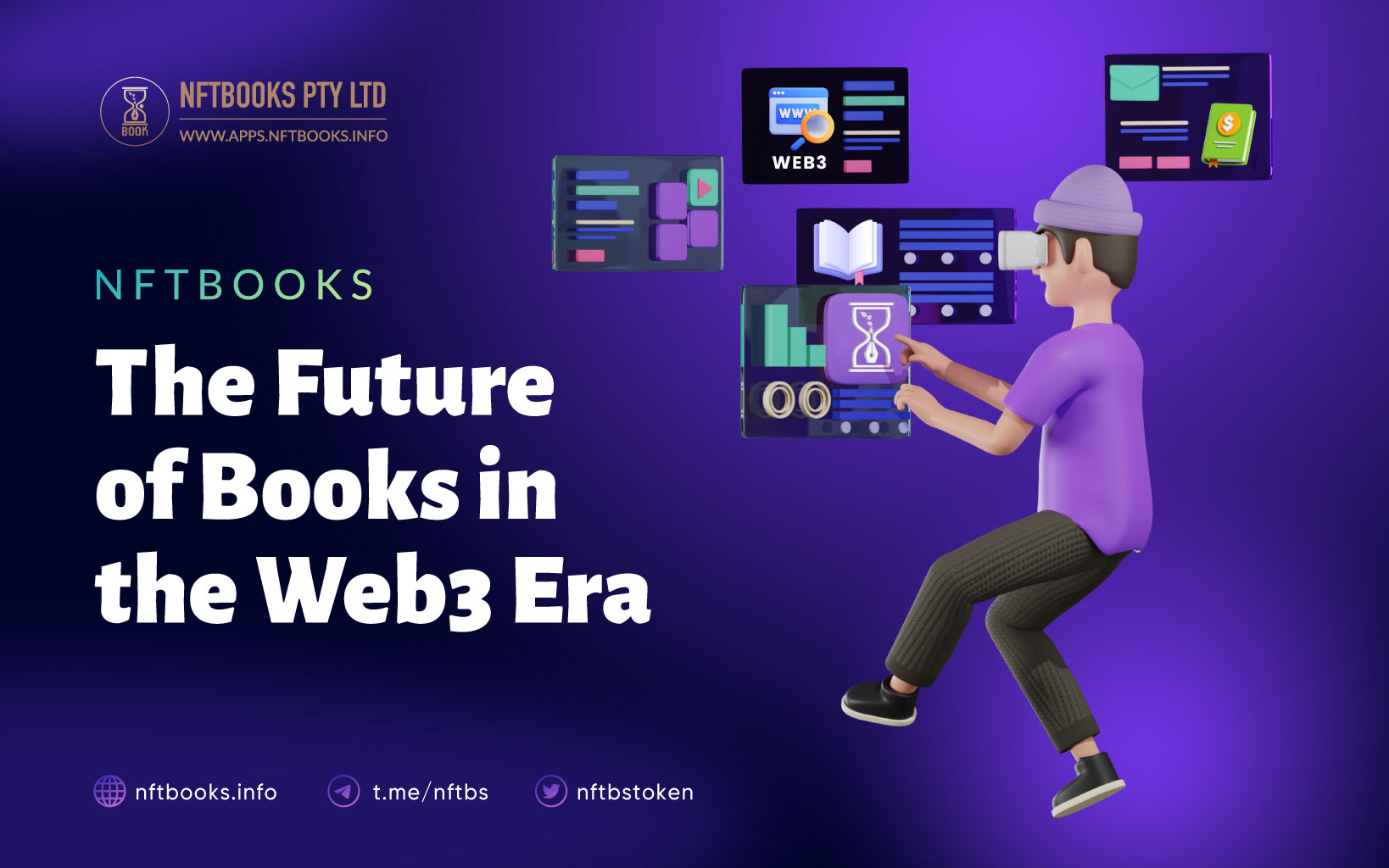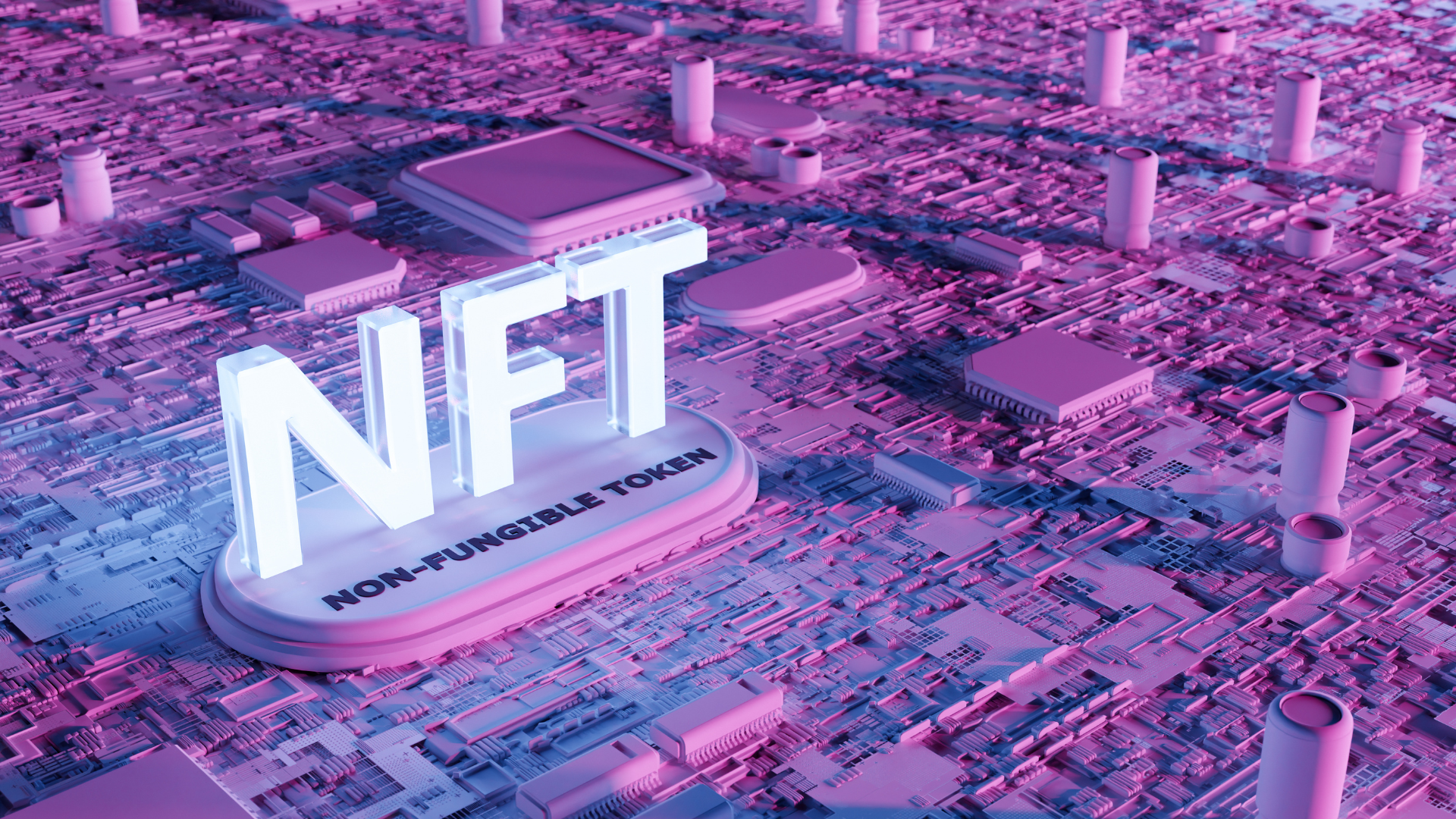In recent years, blockchain technology has evolved beyond cryptocurrencies, and one of the most exciting innovations is real world asset tokenization. By bringing tangible, physical assets like real estate, commodities, and even artwork onto the blockchain, tokenization creates a seamless bridge between traditional finance and the digital world. This concept has far-reaching implications, offering enhanced liquidity, transparency, and accessibility to markets previously limited by geographic or financial barriers.
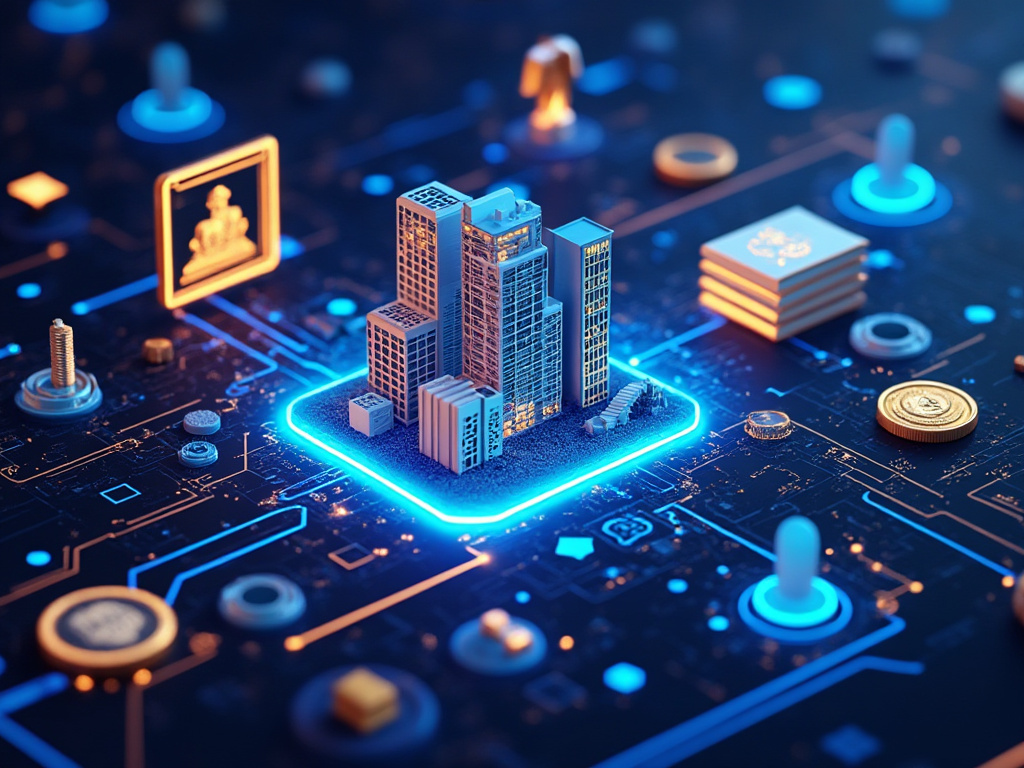
What is Real World Asset Tokenization?
Real-world asset tokenization converts ownership rights of physical assets into digital tokens on a blockchain. These tokens represent a specific share of the asset. This share could be a fraction of a property, a portion of a company’s equity, or a segment of a commodity like gold. Tokenizing assets simplifies trading, storage, and transfers. It also ensures security through blockchain encryption. Integrating real-world assets with blockchain creates global investment opportunities. These opportunities were once available only to a select few.
How Does RWA Tokenization Work?
At its core, RWA tokenization involves converting the rights to a physical asset into a digital token. First, evaluators assess the asset and legally define its ownership. Then, they divide the ownership into smaller parts. Each part represents a token that buyers, sellers, or investors can trade on a blockchain platform. The underlying asset backs these tokens, ensuring they hold real-world value.
For instance, consider a piece of real estate. Instead of selling the entire property, the owner can tokenize the asset, offering fractional ownership to multiple investors. These investors hold tokens representing their stake in the property, which can be traded or sold just like traditional shares. The blockchain ensures that all transactions are secure, transparent, and verifiable, eliminating the need for intermediaries and reducing transaction costs.
Benefits of Real World Asset Tokenization
One of the primary benefits of real world asset tokenization is the increase in liquidity. Traditional assets like real estate and art are often illiquid, meaning they take time and effort to sell or transfer. Tokenization allows investors to easily trade fractions of these assets on a secondary market, making it much easier to buy and sell.
Additionally, tokenization enhances transparency and security. Since transactions occur on a blockchain, every movement of the asset is recorded and cannot be altered. This reduces fraud, increases trust, and provides a clear record of ownership. Investors also benefit from lower transaction costs, as blockchain eliminates the need for intermediaries like brokers and banks.
What Are Real World Assets (RWA) in Crypto?
In the crypto world, Real World Assets (RWA) refer to tangible, physical assets that have been tokenized. These assets can range from real estate and precious metals to art and collectibles. The tokenization of RWAs bridges the gap between the traditional financial system and blockchain, enabling users to trade real-world assets in a digital format.
By offering tokenized versions of RWAs, blockchain platforms can provide investors with the opportunity to diversify their portfolios without the limitations that come with physical ownership. For example, rather than buying an entire apartment building, an investor can purchase tokens representing a portion of the property. This fractional ownership model opens up previously inaccessible asset classes to a wider range of investors.
Use Cases of Real World Asset Tokenization
The potential applications of real world asset tokenization are vast. In the real estate industry, tokenization allows for fractional ownership of properties, making it easier for individuals to invest in high-value real estate without having to purchase an entire property. Art collectors can tokenize rare pieces of art, giving multiple investors the opportunity to hold a stake in valuable works.
In the commodities market, tokenization can revolutionize the trading of precious metals like gold and silver. Instead of buying physical gold, investors can buy tokens that represent a certain amount of the commodity, making it easier to trade and store. Even venture capital firms are exploring tokenization as a way to offer fractional ownership of early-stage startups, enabling more people to participate in the growth of new companies.
Challenges and Considerations
While the benefits of real world asset tokenization are significant, there are still challenges to consider. Regulatory hurdles remain a primary concern, as governments and financial institutions work to define the legal framework for tokenized assets. Additionally, ensuring the security of the underlying asset and maintaining trust between buyers and sellers is crucial to the success of tokenization platforms.
The technology is still relatively new, and there are concerns about market volatility, asset valuation, and the potential for fraud. However, as the blockchain ecosystem continues to mature, these challenges are expected to diminish, paving the way for widespread adoption of asset tokenization.
The Role of NFTBOOKS in Tokenizing Digital Assets
While real world asset tokenization focuses on physical assets, the concept can also be extended to intangible assets like intellectual property. This is where NFTBOOKS enters the scene, offering a platform for authors to tokenize their digital books as NFTs. Much like tokenizing real-world assets, NFTBOOKS lets authors retain control over their work. It also offers readers the chance to buy, rent, or resell books in a decentralized marketplace. The platform uses blockchain to ensure transparency and security for each transaction. This system provides authors with perpetual passive royalty income. It also gives readers a new way to interact with literary content. NFTBOOKS represents the growing trend of applying tokenization principles to a wide range of assets, both physical and digital.
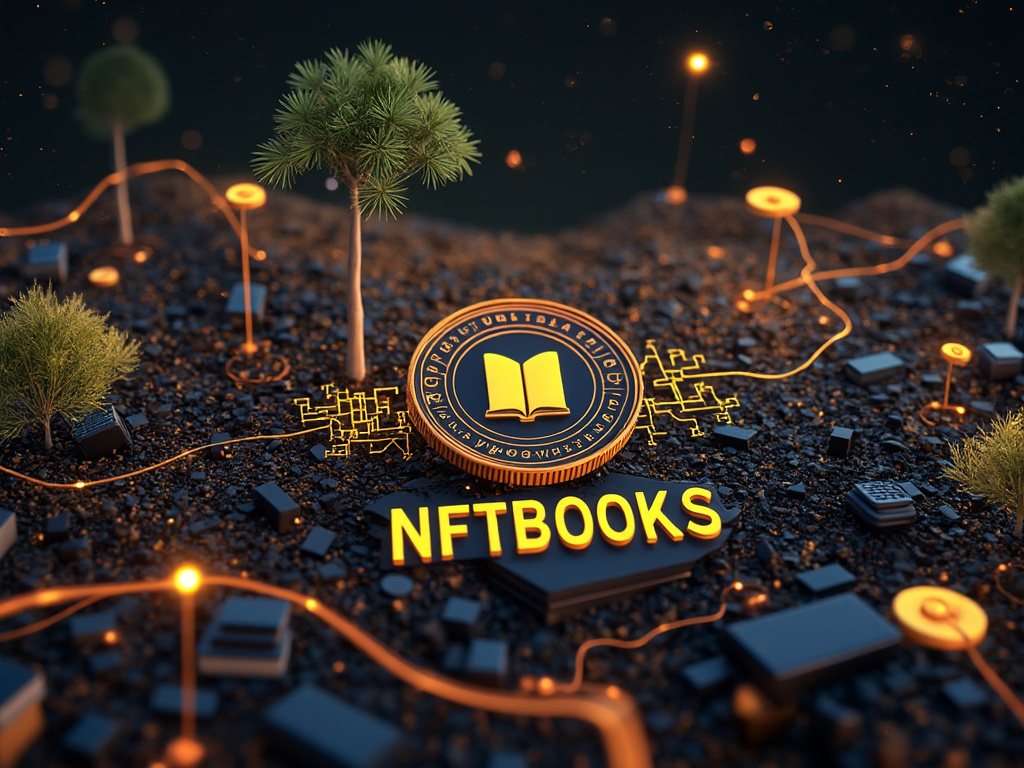
The Future of Real World Asset Tokenization
As blockchain technology continues to evolve, real world asset tokenization is set to transform industries across the globe. From real estate and art to commodities and equities, the ability to tokenize and trade physical assets on a blockchain is a game-changer. By offering increased liquidity, transparency, and accessibility, tokenization has the potential to democratize investing and reshape the financial landscape.
For investors looking to diversify their portfolios, real world asset tokenization offers an exciting new frontier. With regulatory frameworks catching up and more platforms offering tokenized assets, the opportunities in this space are growing rapidly.
You might be interested in DApps for a Decentralized Future as well.
Real world asset tokenization is not just a buzzword in the crypto world—it represents the future of finance. By merging the traditional financial system with blockchain technology, tokenization is opening up new opportunities for investors and creating a more efficient, transparent, and accessible marketplace.


